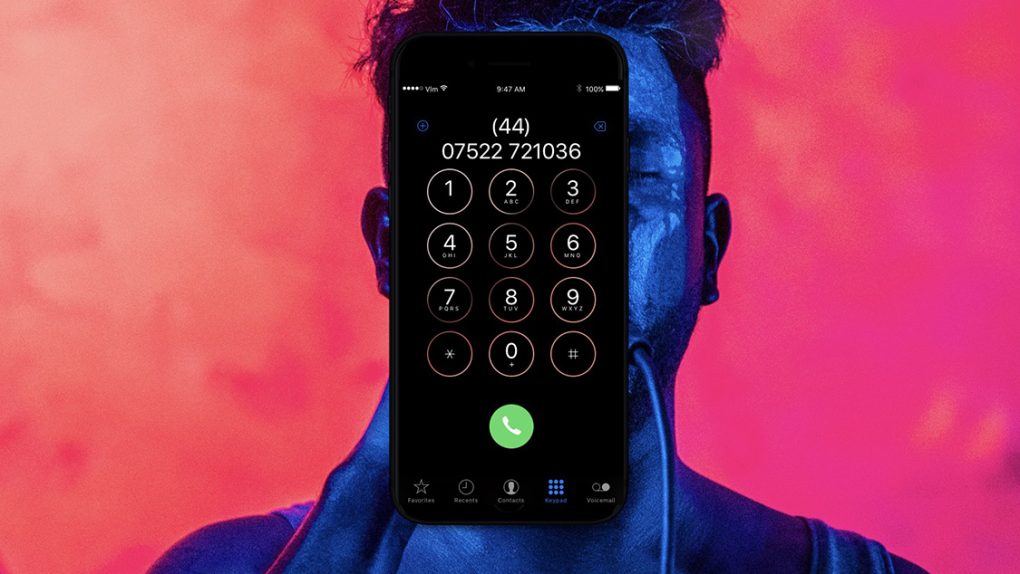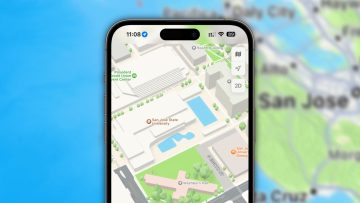Once upon a time, there was a large group of Wall Street analysts who would pound the table on a regular basis. They insisted that if Apple didn’t release an ultra low-cost iPhone to compete with the wave of dirt-cheap Android phones flooding the market, the company’s iPhone business would be doomed. Less than two years later, Apple released the iPhone 6 and iPhone 6 Plus – its most expensive iPhones ever — and it shattered revenue and profit records repeatedly in the quarters that followed. Oops.
Fast-forward to this week, and the naysayers have reemerged, this time focusing on the iPhone 8 and Galaxy Note 8. The latter was unveiled earlier this week, and it carries a price tag of between $930 and $960 depending on where you buy it. The former, Apple’s iPhone 8, is rumored to start at $999 for the entry-level model with 64GB of storage.
Are Apple and Samsung pricing their new flagship phones out of the market, or is this just another case of industry watchers cooking up a juicy narrative that will end up being a load of nonsense?
On Thursday we told you about yet another report claiming Apple’s upcoming new iPhone 8 will cost $1,000 or more. The New York Times is the latest to throw fuel on the fire. One of the paper’s reporters wrote that according to his sources, Apple’s redesigned flagship iPhone will start at $999 when it’s released next month. NYT joins a number of other well-sourced publications to report on the hefty new price tag, and my own sources have shared intel that mirrors these claims.
Of course, Apple won’t be alone when it launches a $1,000 smartphone in September. Samsung’s just-announced Galaxy Note 8 can’t be had for less than $930. Add on sales tax and you’re at just about $1,000 for a flagship phablet that ships with 64GB of built-in storage. Industry watchers have been less critical of Samsung’s climb to the $1,000 price point, but Samsung is also far less scrutinized than Apple on Wall Street.
Pushing aside the chatter for a moment, the bottom line is this: $1,000 smartphones have arrived. True $1,000 smartphones. Apple has already flirted with the $1,000 price point, but only at the very high end of its lineup; the iPhone 7 Plus that launched in 2016 costs $969 with 256GB of storage. But in 2017, we’re seeing base model flagship phones that cost around $1,000. In fact, the latest rumors suggest Apple’s iPhone 8 will have three different storage tiers up to 512GB. If that’s the case, the top-of-the-line iPhone 8 will likely cost $1,200.
That’s a whole lot of money for a smartphone. Of course, not many people in the United States will ever pay it.
A funny thing happens over time: stuff gets more expensive. This shouldn’t come as much of a surprise to, well, anyone. Food gets more expensive, clothing gets more expensive, cars get more expensive, houses get more expensive, and so on. This is not a novel concept. Life gets more expensive.
As children, we can all recall plenty of instances when our parents or grandparents regaled us with stories of how much less things used to cost when they were young. Now, as parents or grandparents, we tell our descendents the same stories. Things used to be less expensive, and now they’re more expensive.
In many markets, systems are in place to make very expensive things attainable. Here’s how it works: instead of requiring customers to pay for goods and services in their entirety up front, payments are spread out over time. Sometimes a third party fronts the money and charges the buyer a fee in the form of interest as that loan is repaid over a period of time.
If this were an economics class, it wouldn’t even be 101. This is how life works. If you don’t have $30,000 to pay for that Toyota Camry up front, you can finance it and pay $500 and change each month instead of coughing up all that cash at once. Such is the case with smartphones. Consumers in the US have the option to pay for their phones up front, or they can purchase them from carriers or other retailers using a 24-month installment plan. Most installment plans don’t even include interest, since the sellers are making their money elsewhere.
So now, beginning next month, instead of paying $37 per month for a high-end iPhone, people will pay $45 per month if they want an iPhone 8. Is this pure madness that will inevitably lead to the collapse of Apple’s iPhone business? Will current iPhone users throw up their arms and refuse en masse to upgrade to the iPhone 8, like this week’s laughable Barclays survey suggests?
No. And no.
Inflation is a thing. The free market is a thing. Over time, stuff gets more expensive. People don’t stop buying houses, or cars, or canned applesauce because they get more expensive. And they won’t stop buying iPhones when they get more expensive.
—
Dollars and Sense is a recurring column by BGR Executive Editor Zach Epstein. It offers insights on subtle changes in and around consumer electronics with the potential to have a broad impact on companies that drive the industry. Contact the author at z@bgr.com.








